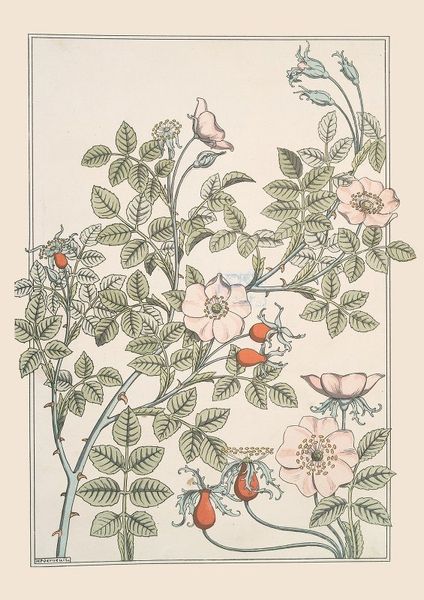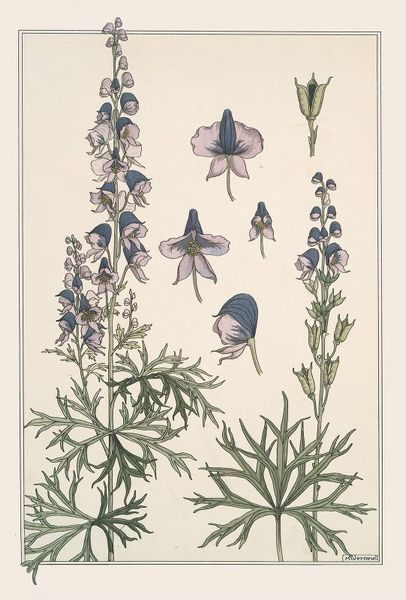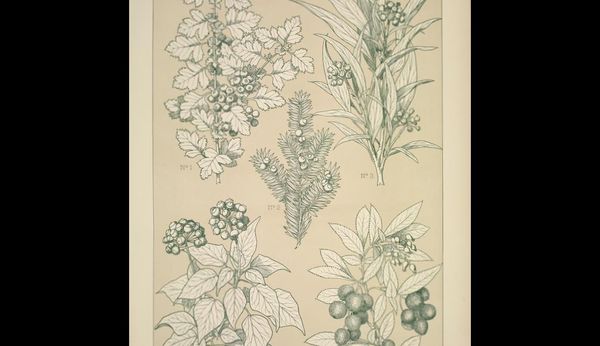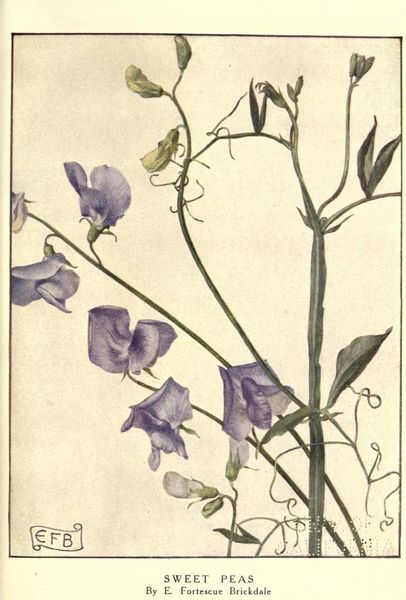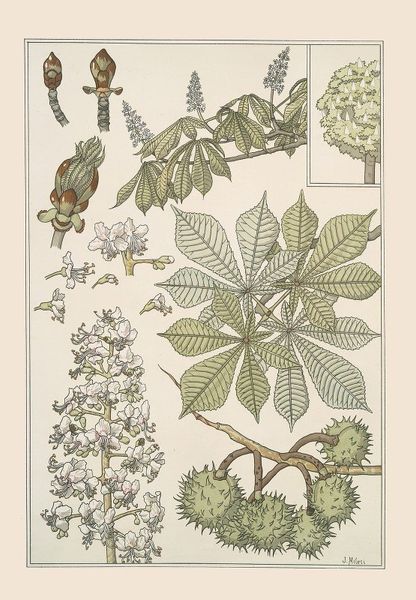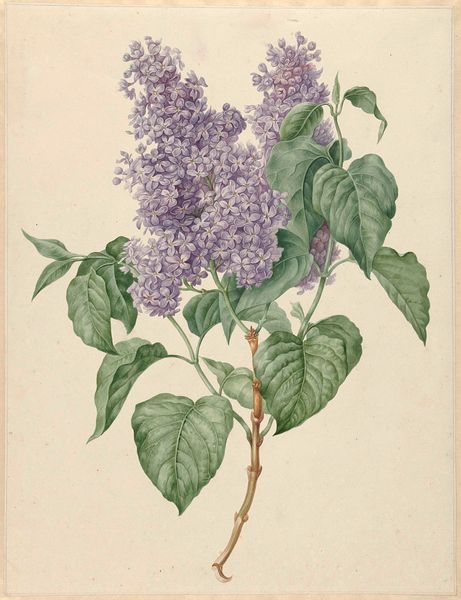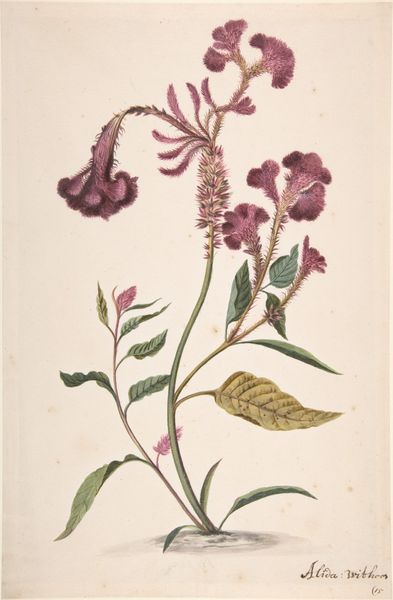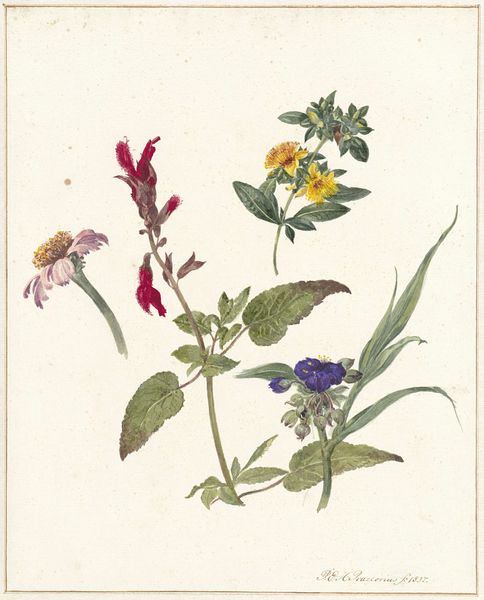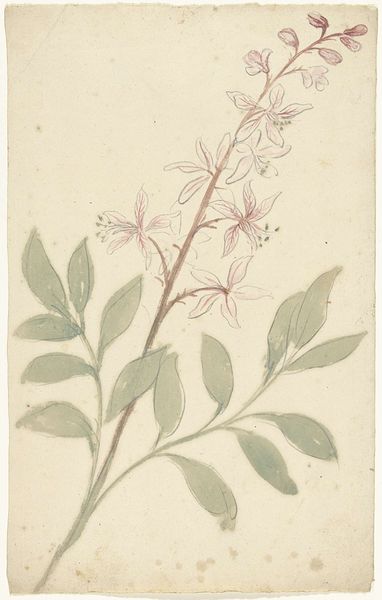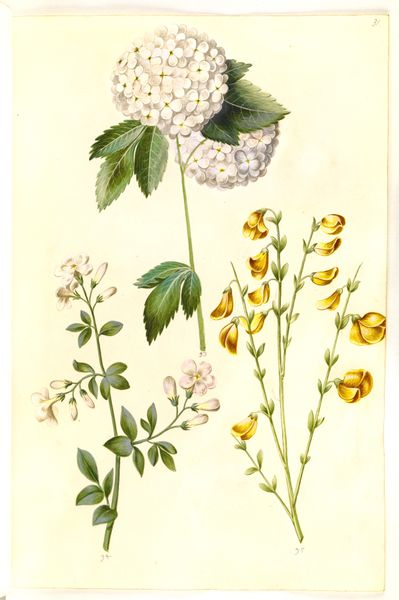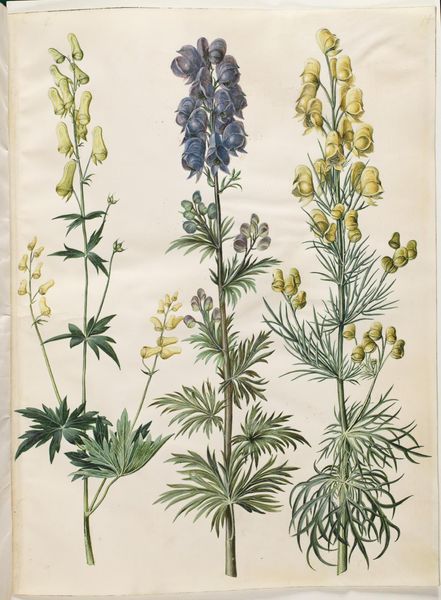
print, linocut
#
art-nouveau
# print
#
linocut
#
linocut print
#
geometric
#
decorative-art
Copyright: Public Domain: Artvee
Maurice Pillard Verneuil made this print of Glycine, or Wisteria, using a stencil technique known as pochoir. We can understand the image as part of the wider Art Nouveau movement, which flourished in France and other countries in the late 19th and early 20th centuries. Art Nouveau sought to break down the traditional hierarchies between fine art and craft, and designers looked to the natural world for inspiration. Verneuil and other artists created designs for wallpaper, textiles, and other decorative objects. His compositions often feature stylized plant forms and flowing lines. Verneuil taught at the École des Arts Appliqués, and his designs were widely disseminated through publications like “L’Ornementation par le pochoir.” Studying the history of design and printmaking helps us understand the social and economic forces that shaped artistic production and consumption in this period of industrialization. We can consult primary sources such as design journals and trade catalogs to learn more about the historical context of Verneuil’s work.
Comments
No comments
Be the first to comment and join the conversation on the ultimate creative platform.
